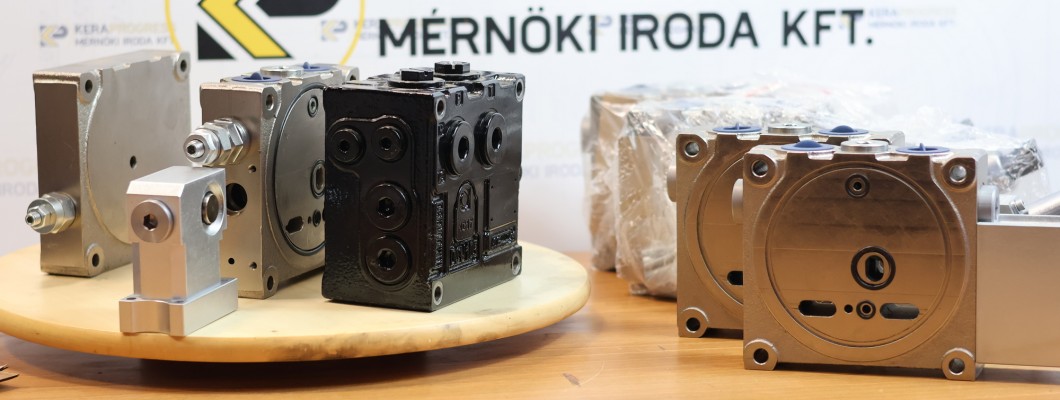
Replacing the traditional hydraulic control block: the advantages of a proportional system
In the world of hydraulics, more and more companies are deciding to replace the traditional hydraulic control block with modern solutions. Today’s industrial demands are not only about performance, but also about cleanliness, energy efficiency, and precise control. This is why the proportional system is gaining ground rapidly, and the era of oil-contaminated cabins is slowly becoming history.
Why is the traditional hydraulic control block outdated?
The hydraulic control block has been the backbone of industrial machinery for decades, but it now carries several disadvantages:
- frequent oil leaks and contamination,
- limited controllability,
- high maintenance requirements,
- energy and heat losses.
In modern manufacturing, these issues are increasingly unacceptable, making the transition to a proportional system the logical next step.
The advantages of the proportional system
The greatest strength of the proportional system is precise control. A proportional valve allows hydraulic motors and cylinders to be controlled smoothly and accurately. This ensures more efficient operation and reduces the likelihood of breakdowns.
With a proportional valve, machines respond faster, and energy consumption can be optimized. Compared to the outdated hydraulic control block, the proportional solution represents a far higher level of technology.
Clean and comfortable working environment
One of the most visible differences is that the proportional system eliminates oil mist and contamination inside cabins. Advanced sealing and digitally controlled proportional valves prevent unnecessary leaks, making the workspace cleaner and healthier.
While the traditional hydraulic control block often left behind oil stains and unpleasant odors, modern solutions have put an end to these issues.
Economic and environmental aspects
The proportional valve not only increases efficiency but also reduces costs. Less oil loss means lower operating expenses, while precise control minimizes energy use.
In addition, meeting environmental regulations becomes much easier since leaks and waste oil are reduced to a minimum. Once again, this proves that the hydraulic control block has a clear successor: the proportional system.
✅ In summary: the era of the hydraulic control block is being replaced by the proportional system, with the proportional valve at its core. This shift is not only a technological upgrade but also essential from both economic and environmental perspectives.


